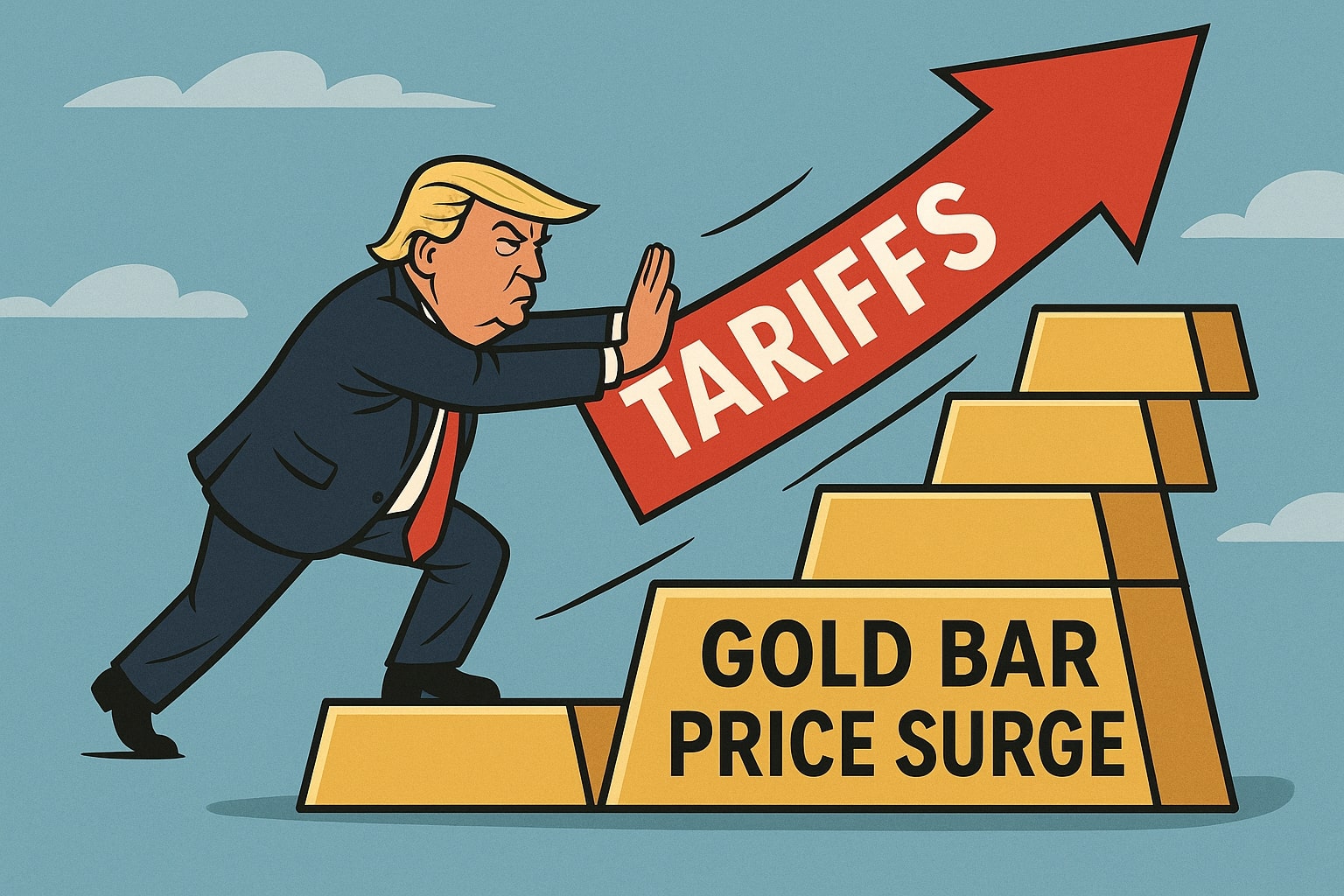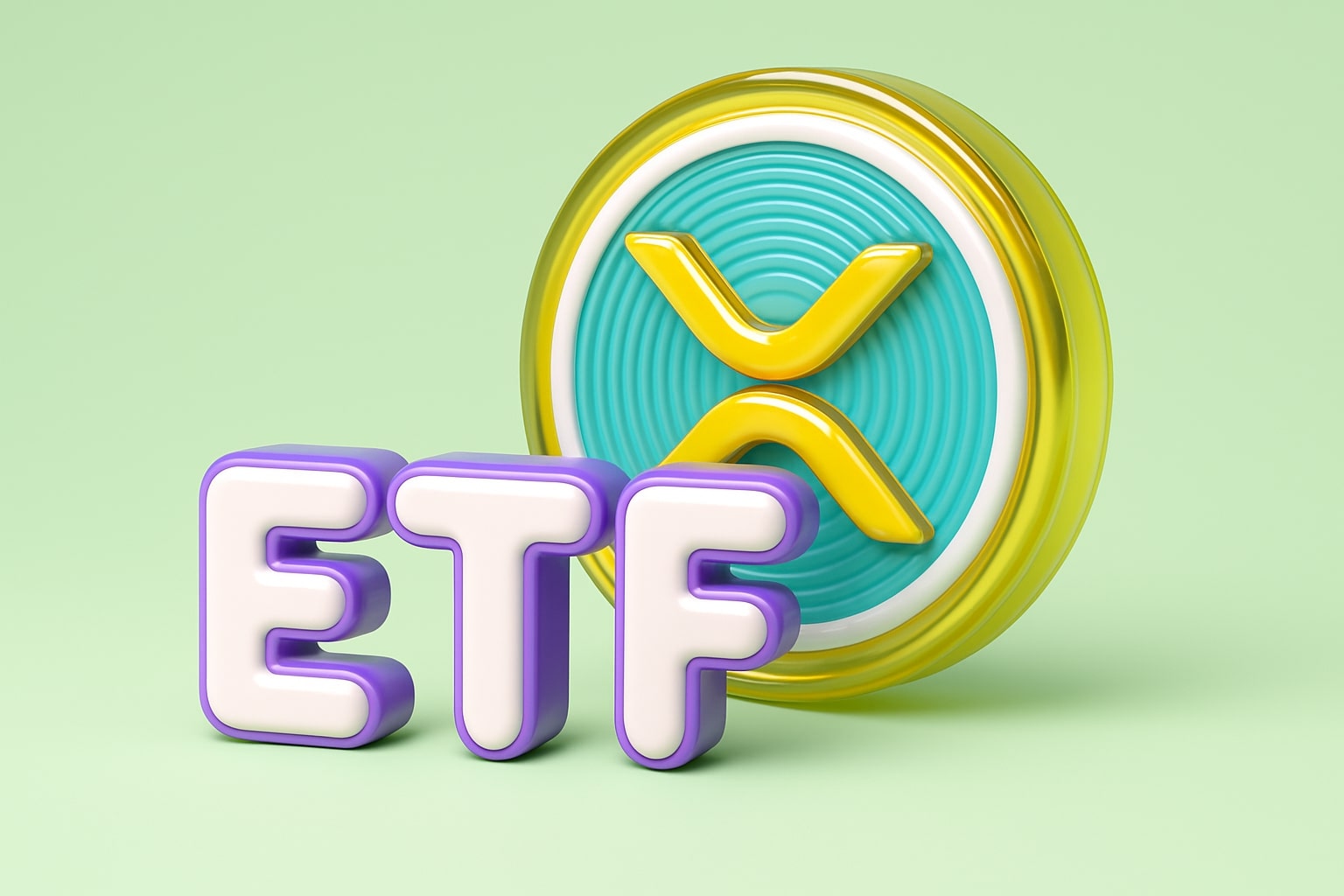
Gold Climbs Toward $3,400 as Trade War Fears Return — Is the Bull Run Just Starting?
XAU/USD gains 2.8% on tariff shocks and Fed cut bets. With weak JOLTS data expected, will gold explode past $3,400? | That's TradingNEWS
Gold (XAU/USD) Climbs Toward $3,400 as Geopolitical Risk and Dollar Weakness Reignite Safe-Haven Demand
Gold prices surged to intraday highs of $3,392.31 before retreating slightly to trade around $3,358.19, as the yellow metal responded to a cocktail of renewed geopolitical tensions, economic uncertainty, and softening expectations for U.S. monetary tightening. The rally marked a 2.81% intraday jump earlier in the week, fueled by a sharp 0.7% decline in the U.S. Dollar Index (DXY), providing international buyers with a more attractive entry into the market. The broader macroeconomic context is again tilting toward safe-haven flows, with XAU/USD reclaiming bullish momentum despite intermittent pullbacks.
Tariff Escalation and Geopolitical Strain Trigger a Flight to Safety
Former U.S. President Donald Trump’s surprise announcement of a 50% tariff on steel and aluminum imports, set to take effect on June 4, has reignited fears of another global trade war. The move, framed as a strategy to protect U.S. industries, drew immediate retaliation threats from Beijing, with China’s Ministry of Commerce labeling the accusations as baseless and promising countermeasures. This escalation echoes past market responses to U.S.–China trade friction, prompting a rotation out of risk assets and into historically defensive plays like gold.
Concerns were further amplified by instability in Eastern Europe and a second failed round of peace talks between Russia and Ukraine. Drone strikes and political uncertainty across multiple geopolitical theaters added to the volatility premium now embedded in the gold price. Market focus has now shifted to a potential call between Trump and Chinese President Xi Jinping later this week, which could inject further unpredictability or serve as a catalyst for diplomatic de-escalation.
Monetary Policy and JOLTS Data Create Tactical Crosswinds for XAU/USD
The U.S. labor market continues to be a focal point for traders gauging the Federal Reserve’s next steps. The upcoming JOLTS Job Openings report is expected to confirm loosening labor demand, with forecasts suggesting a decline from 177K to 130K in new job additions. Average hourly earnings are projected to fall from 3.8% to 3.7%, while unemployment is expected to remain steady at 4.2%.
A softer reading would likely reinforce expectations of rate cuts later in the year, pressuring the U.S. dollar and lifting XAU/USD toward the $3,400 level. Conversely, a stronger-than-expected dataset could pause gold’s rally by reducing the urgency for Fed easing. Traders will also be closely watching Friday’s Non-Farm Payrolls (NFP) data for confirmation of labor market cooling. Fed commentary remains mixed, with dovish signals from Christopher Waller and Austan Goolsbee clashing with the more measured tone from Lorie Logan, who favors a wait-and-see approach.
Technical Structure Strengthens as XAU/USD Eyes $3,400 Breakout
From a technical perspective, gold has cleared several key resistance levels, beginning with the decisive break above the descending trendline at $3,346. The metal then climbed to challenge the 23.6% Fibonacci Retracement level at $3,377, before peaking near $3,392. Traders now see $3,400 as the psychological ceiling, with further resistance around $3,439 and a potential longer-term move toward $3,500.20 if bullish momentum accelerates.
The 14-day RSI remains above 60, reflecting a healthy uptrend, while the MACD histogram continues to widen in positive territory. If the price sustains above $3,355, it would reinforce the breakout and reduce the likelihood of a reversion to the lower support levels. Immediate downside supports are seen at $3,341, $3,300, and $3,285, with deeper protection from the 50-day SMA at $3,232.
Central Bank Demand Softens But Long-Term Gold Thesis Intact
The latest report from the World Gold Council (WGC) reveals central banks added only 12 tonnes of gold in April, down from the 12-month average of 28 tonnes. While this slowdown marked the second consecutive monthly decline, the WGC emphasized that overall annual demand remains structurally intact due to macro uncertainty and the continued de-dollarization trend among emerging market economies.
Strategically, any short-term softness in official sector demand is being offset by persistent retail interest and ETF inflows. Gold-backed ETFs saw renewed allocations last week as investors responded to weakening U.S. data and rising geopolitical noise. The underlying case for gold as a non-yielding, globally accepted store of value appears well-supported given ongoing fiscal risk in the U.S., fragile global growth, and volatile cross-asset sentiment.
Rate Cut Bets and Dollar Pressure Reinforce Bullish Gold Outlook
Market participants are now pricing in at least two 25bps Fed rate cuts by the end of 2025. Even with Trump’s tariffs expected to briefly lift inflation, Fed speakers like Waller continue to signal that monetary easing is still on the table. This dovish tilt is pressuring the greenback and supporting XAU/USD strength.
The U.S. Dollar Index has bounced from its multi-week lows, briefly capping gold’s upside, but remains trapped below major resistance near the 101 level. Unless the Fed pivots more hawkishly or the dollar stages a sustained rally, gold remains favored in an environment of inflation hedging, geopolitical uncertainty, and monetary policy accommodation.
Verdict: XAU/USD Holds Bullish Structure Above $3,355; Watch for Break Toward $3,439 and $3,500 if Fed Tone Stays Dovish and Trade Tensions Escalate Further
That's TradingNEWS
Read More
-
BITQ ETF Soars 66.55% as Bitcoin Blasts Past $124,000 — Crypto Equities Lead 2025 Rally
13.10.2025 · TradingNEWS ArchiveStocks
-
XRP ETFs XRPR, XRPI Slip as Ripple XRP-USD Holds $2.62 — SEC Fast-Track Could Ignite $20B
13.10.2025 · TradingNEWS ArchiveCrypto
-
Natural Gas Price Forecast - NG=F Steadies at $3.00 as U.S. Export Boom Tests Old Fields
13.10.2025 · TradingNEWS ArchiveCommodities
-
USD/JPY Price Forecast - Dollar to Yen Climbs to ¥152.28 as Japan’s Political Shakeup
13.10.2025 · TradingNEWS ArchiveForex



















